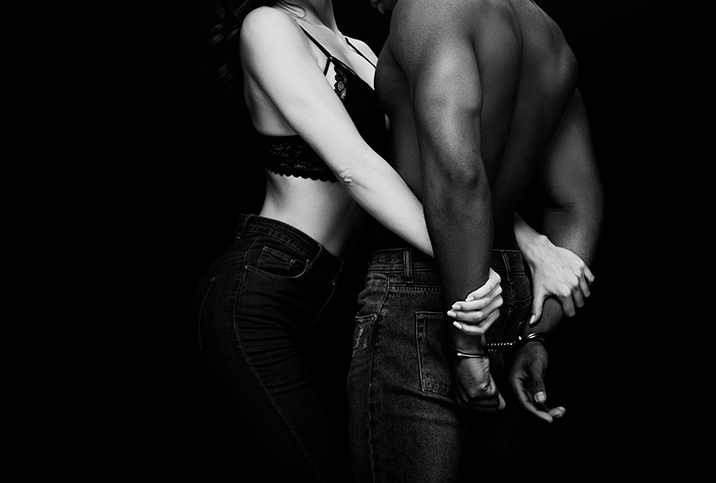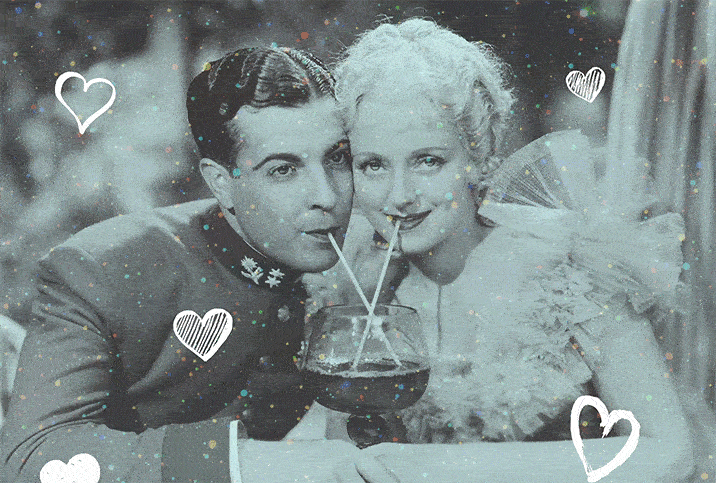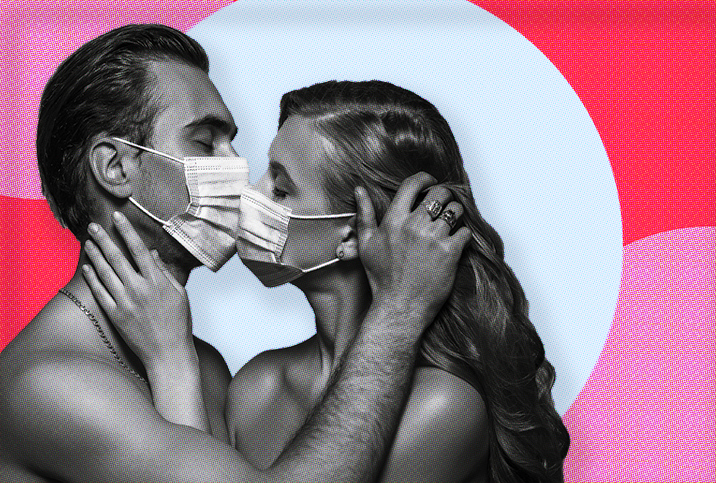The Scientific Reasons for Cuffing Season

Pumpkin spice is in the air and the annual bingeing of "Gilmore Girls" is starting all over again. As Carole King's soothing voice pours out of the speakers in the opening credits, you dream up the perfect Halloween costume only to realize how much better your Rollerblading Barbie would be with a Rollerblading Ken. So you get back on the dating apps and swipe for your perfect match. After all, 'tis the season—cuffing season, that is.
Cuffing season in the Stone Age and Victorian era
The term "cuffing season" describes the time of year when the cold weather and holidays spark the urge for singles to be "cuffed," or tied down by a relationship. Although the phrase was officially coined in Urban Dictionary in 2011, the concept can be traced all the way back to the Stone Age.
"During the Stone Age, when early humans lived in caves, cuffing season existed for the biological need to survive. Survival of the fittest implied that for man and woman to survive the coldest months, they must be coupled up for warmth and to mate for literal human survival," said Robin Finley, a licensed marriage and family therapist in Greenville, South Carolina.
Later, in the Victorian era, singles took up bundling, or "chaste, full-body, fully clothed romps that were designed to ward off the cold as well as stoke the fires of desire and, of course, prevent pregnancy," explained Nichi Hodgson, from London, the author of "The Curious History of Dating: From Jane Austen to Tinder."
The biological reason behind cuffing
Flash-forward to 2010: Bieber Fever is spreading, GTL is at the top of our to-do lists (thanks, "Jersey Shore") and everyone, including your mom, is on Facebook, so you turn to a new social media platform: Twitter. By 2011, #CuffingSeason is trending on this new platform.
"Cuffing season has become recognized, not just as a social media phenomenon, but as a designated dating pattern. Many younger people take care to establish whether they are being 'cuffed' if they get together with someone after the summer," Hodgson said.
Justin Lehmiller, M.D., a Kinsey Institute research fellow in Indianapolis and host of the "Sex and Psychology Podcast," said, "I like to think of cuffing season as a biopsychosocial phenomenon, meaning that biological, psychological and social factors all work together to produce it."
As for the biological reasons singles tend to pair off during the colder months, "some research shows that testosterone peaks during the fall, which may lead to a greater desire to engage in sexual activity and/or cuddle up to a potential partner," explained Marisa T. Cohen, Ph.D., a licensed marriage and family therapist in New York City.
Another biological factor is that in colder months, the lack of sunlight decreases the brain's production of serotonin, known as the "feel good" hormone. This deficit can lead to seasonal affective disorder (SAD). Some people cure seasonal affective disorder by investing in a sunlight lamp, while others "combat feelings of sadness by engaging in a new, romantic interest… [since] our dopamine level is highest at the start of a new romance," Finley said.
The problems of cuffing season
A problem with cuffing season is that couples are often not on the same page with what they want out of the relationship.
"Cuffing season is a temporary solution to finding a partner to ride out the winter season with," said Barbie Adler, founder and president of Selective Search, a matchmaking firm based in Chicago.
But this doesn't mean all cuffing season relationships are doomed.
"If a couple enters a relationship during cuffing season with like-minded values of wanting a long-term outcome, there is potential for lasting success," Adler advised.
Will your cuffing season relationship last? According to changes in relationship status on social media, most breakups tend to happen in the spring, with more people looking to settle down in the fall.
"It seems reasonable to conclude that relationships that begin in cuffing season may be less likely to last," Lehmiller said. "This makes sense when you consider that at least some people begin these relationships precisely because they're seeking temporary companionship to help them get through a time of year that can be a little rough."
Is cuffing season here to stay?
Some singles may wonder if cuffing season is just a foul-weather friend that will fade away.
"Given the global energy shortage, I think cuffing season has a bright future, certainly in the Northern Hemisphere, where energy bills and the cost of living is going through the roof and staying in with someone warm is optimal to going just about anywhere," Hodgson said.
During the 2022 heat wave, dating app Plenty of Fish polled 8,000 Americans ages 18 to 60 and found 20 percent of singles wanted to date someone for their household amenities, such as air conditioning, while 30 percent knew someone who did just that. This dating trend is known as "heat doming," or dating someone for their home's amenities.
Maybe we'll start calling cuffing season "cool doming," but whatever the name, there's no denying people will continue to pair off as the temperature drops.


















